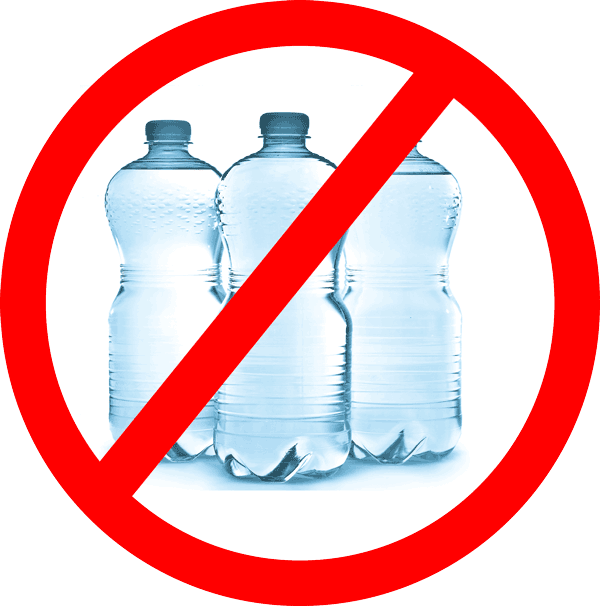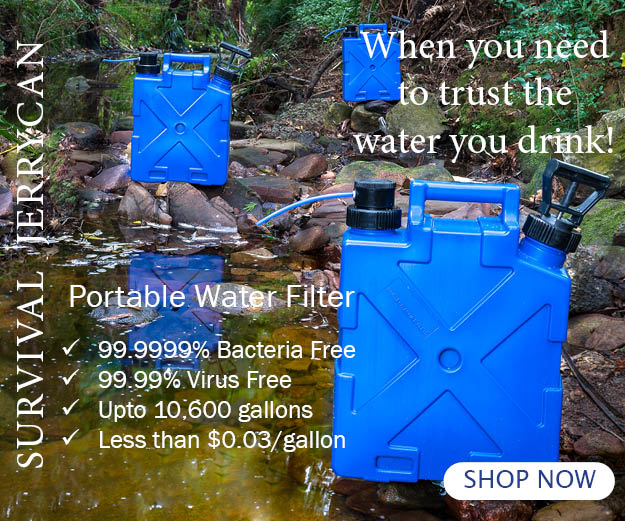
Bottled Water Replacement
Why does the bottled water market do so well?
I would put it to you that it’s a great marketing snow job. We pay a premium for water, which has been shown to be cleaner water from our taps, a FRACTION of the price and without the impact to the environment.
We all need to make the decision to replace bottled water and reduce this unnecessary impact on the environment.
Bottled water has been proven time and time again to contain dangerous levels of bacteria; this is an industry that is lacking in regulation. This lack of regulation is taking its toll on our health and our environment.
Replace bottled water.
What is going on with Bottled Water?
As a society, we have lost faith in the quality of water being provided to us. This is evident in the amount of bottled water we purchase on a daily, weekly, month, and yearly basis. On average, we consume a staggering 5.3 liters of bottled water a week, that’s 275 liters a water per year. If the average price per liter is $2.50, that equates to $689 per year per person. That’s over $2,756 per year for an average 4 person family. That’s average across every single person in this country.
Bottled water is bought for a number of reasons, including when out in the park, at work, or just for around the home. Sometimes it for convenience, and other times it is just because we have not thought about installing a water filter at home. Nonetheless, it hits our hip pocket along with increasing greenhouse gases and increasing landfill.
There must be a more economical and “greener” way for both at home and out. In many tourist suburbs, water bottles are being banned from being sold due to rubbish is causes around the suburb. This is extreme though they have not provided any real alternative to the precious liquid.
Do you really know what is in the bottled water you purchased?
In the US, the FDA (Food and Drugs Administration) regulates the bottled water industry. One of their regulations regarding labeling, manufacturers must label where they obtain the water. The manufacturers can also avoid this by stating the water has been purified, deionized, or distilled. This is a potential risk for consumers as there is inappropriate treatment of water.
Another pertinent point about the bottled water industry is that a number of regulations for bottled water, in particular, the microbiological regulations, is less stringent than the EPA’s for tap water. Unlike municipal water suppliers, managed by the EPA, the test results of water quality are public information where bottled water is not.
In addition, the Sure Aqua product range used significantly reduces costs spent on bottled water as well as significantly reducing landfills.
Deciding on the water-filled heart as our logo was no accident. It signifies water is essential for maintaining your health and well-being. Our chemical-free purifier straw will fit perfectly in your pocket, handbag. This low-cost product is affordable to have every member of your family. It is a must, like having a toothbrush. Everyone should have their own personal water straw – the Sure Aqua products.
How Can Sure Aqua products reduce Carbon Footprint?
When a person uses Sure Aqua product, this will replace the need to have the energy required to produce and transport at least 2000 bottles of water. That’s over 200 kilograms of carbon emissions compared to only 250 grams to make each Sure Aqua product. A massive differential!
This is not even mentioning the requirement to dispose of the bottle rubbish generated.
The Sure Aqua product range makes sense at all levels. Why wait?


